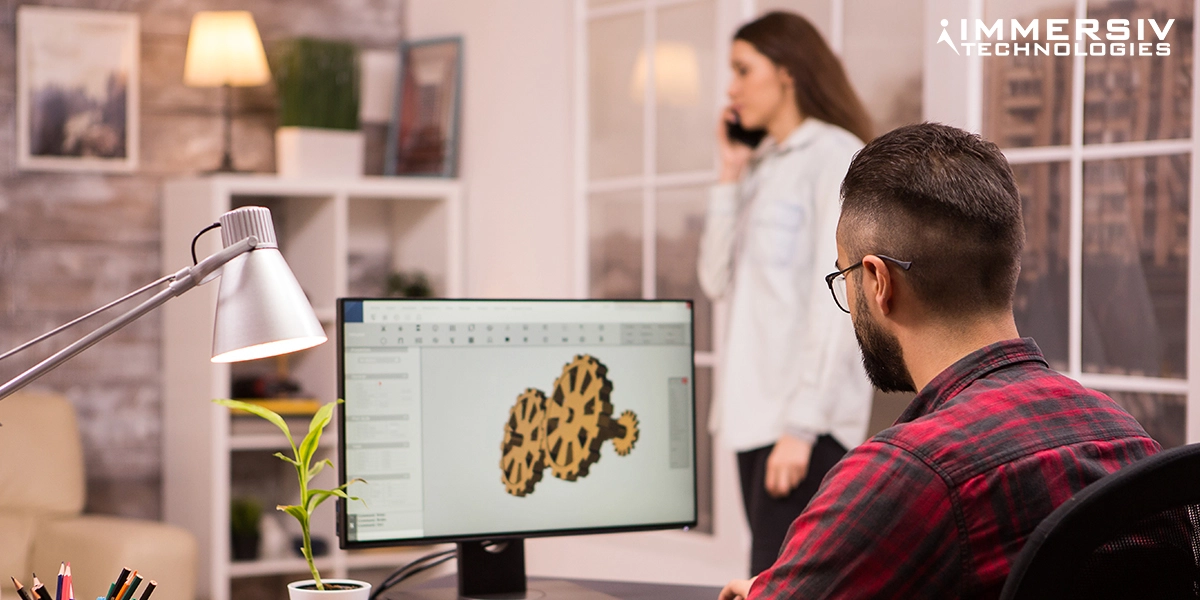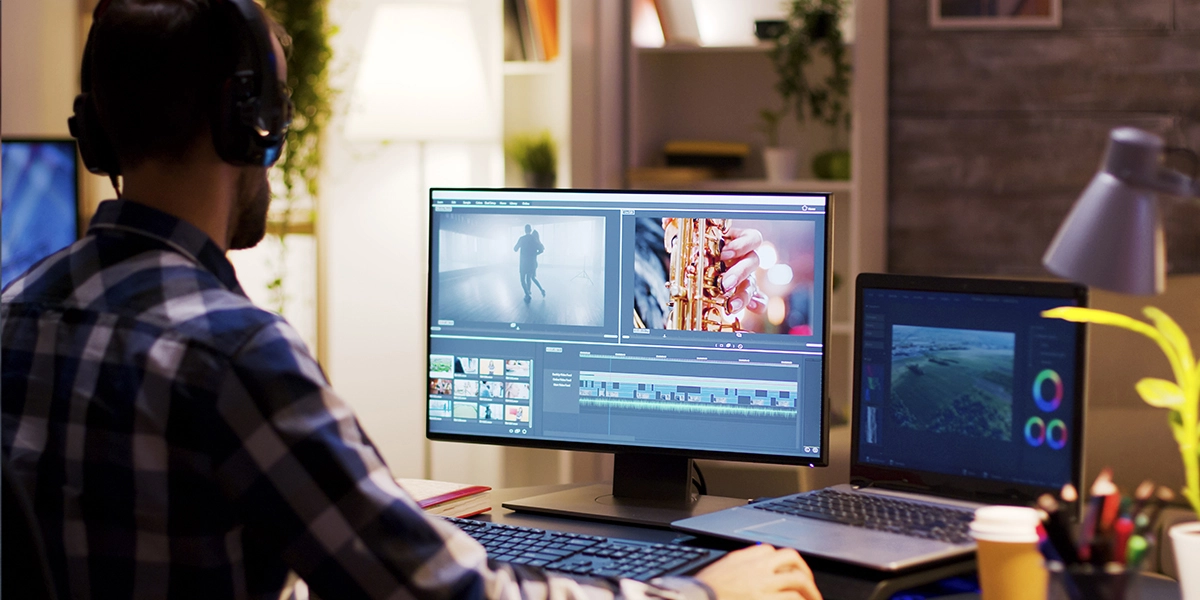Table of Contents
An ecosystem of precision and complexity, the manufacturing industry is a testament to human innovation and advancement. Within this sector, every component, every process, and every operation is finely tuned to achieve efficiency and excellence.
Manufacturing is an intensive field that requires meticulous planning, precision, and attention to detail. The development of a product, from design to assembly, involves a multitude of interconnected steps. Any misstep can disrupt the harmony, leading to delayed production and financial setbacks.
This is the point where 3D animation emerges as a transformer. In the manufacturing industry, where visualizing, communicating, and analyzing ideas and processes are vital, 3D animation proves to be a valuable tool.
This blog post looks at the crucial role that 3D animation plays in the manufacturing sector, including how it can improve accuracy, streamline communication, and ultimately safeguard the balance between time and cost.
Transition from 2D to 3D Animation
There has been a significant shift from traditional 2D blueprints and design drawings to 3D in various fields and sectors. This transition is driven by the need for detailed and accurate representations of products and processes.
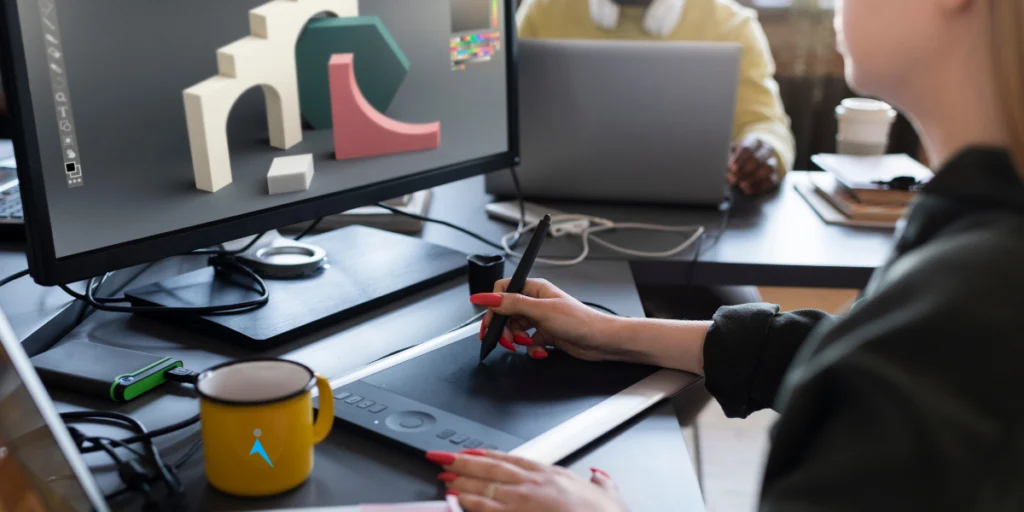
Unlike traditional 2D animation, which represents objects in a flat, linear fashion, 3D animation provides depth and realism. It allows the creation of interactive models that offer a holistic view of the products and its manufacturing process.
What is 3D Animation?
In the middle of the 20th century, three-dimensional graphics developed with the move toward fully computerized graphics. The 1960s was the beginning of the 3D animation styles we know today.
This digital technique brings static objects to life in three-dimensional space. It involves creating moving images with depth and realism, making it ideal for movies, video games, and simulations.
3D animation engineering creates dynamic, lifelike visual experiences using computer-generated models and environments. The technology captivates audiences across various media platforms.
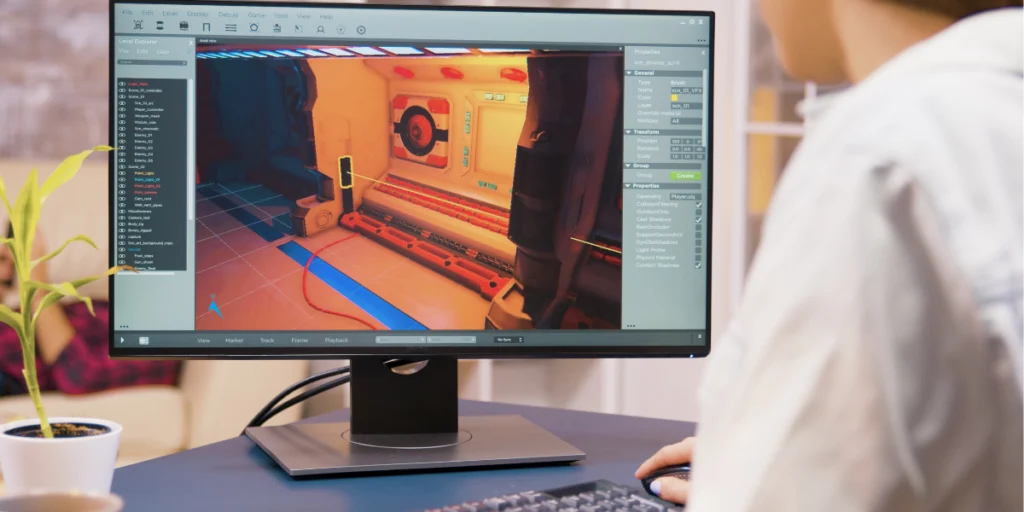
Why is 3D animation ideal for manufacturers?
Clarity in Design
3D animation allows manufacturers to create highly detailed and realistic product visualizations. It helps in reducing ambiguity by providing a precise representation of the product.
Manufacturers can visually assess every component and its interactions, ensuring a thorough understanding of the product’s design and functionality.
Enhanced Product Manufacturability
Manufacturers can use 3D simulations to test the assembly process, identify any manufacturing challenges, and optimize the production workflow.
Visualizing the manufacturing steps in a 3D environment can detect potential issues early in the design phase, leading to more efficient and cost-effective manufacturing processes.
Assembly Sequence Visualization
The manufacturing sector uses 3D process animation to plan and optimize assembly lines. Manufacturers can identify potential bottlenecks and design more efficient workflows by creating virtual representations of the assembly process.
Streamlined Prototyping
Traditional prototyping can be time-consuming and costly. 3D product or process animation provides a cost-effective alternative by allowing manufacturers to create virtual prototypes quickly.
Changes and adjustments can be made effortlessly in the digital realm, saving time and resources.
Efficient Training
Training employees in a manufacturing environment can be complex, but animation simplifies the process.
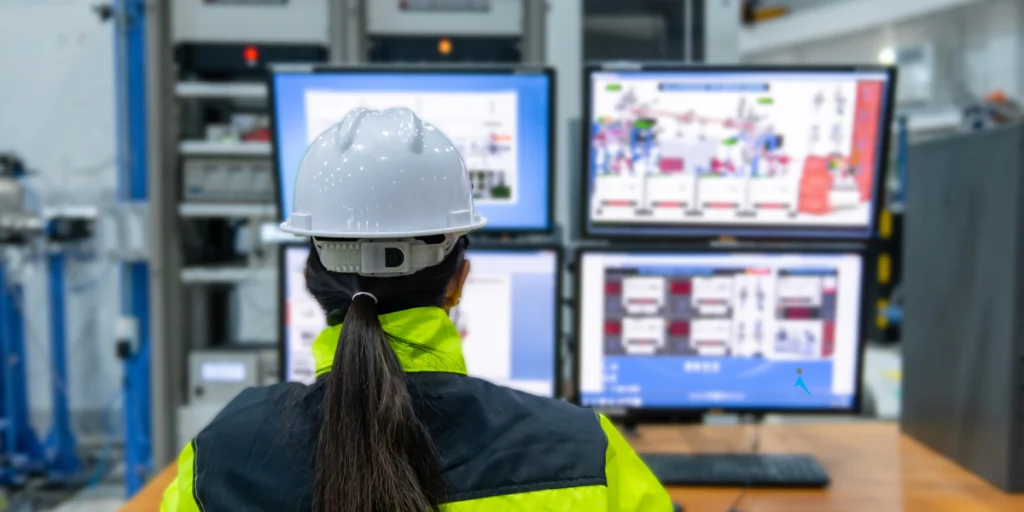
Animated simulations can be used for training, enabling employees to familiarize themselves with machinery and processes in a risk-free virtual environment.
Improved Marketing and Sales
3D animated videos can be used as marketing materials. Manufacturers can showcase products in engaging ways through animations and simulations.
This dynamic content captivates potential customers and helps pitch and effectively convey the value and features of products.
Enhanced Communication
Product or process animation facilitates clear communication by providing a visual medium everyone, including designers, engineers, and marketers, can easily understand.
This level of visual accuracy aids in design refinement and ensures that everyone involved clearly understands the final product.

Quality Control
3D animations can aid in quality control processes by showing inspectors what to look for in a product. This ensures that every unit meets the specified quality standards.
Reduced Time-to-Market
The ability to create and test virtual prototypes significantly accelerates the product development cycle.
Manufacturers can bring new products to market faster, gaining a competitive edge.
Customisation
3D animation enables manufacturers to offer customisable solutions to their customers.
This flexibility caters to individual client needs and preferences, boosting customer satisfaction.
Data-Driven Insights
Manufacturing processes integrated with 3D process animation can collect valuable data. Analyzing this data provides insights for process optimization and quality control.
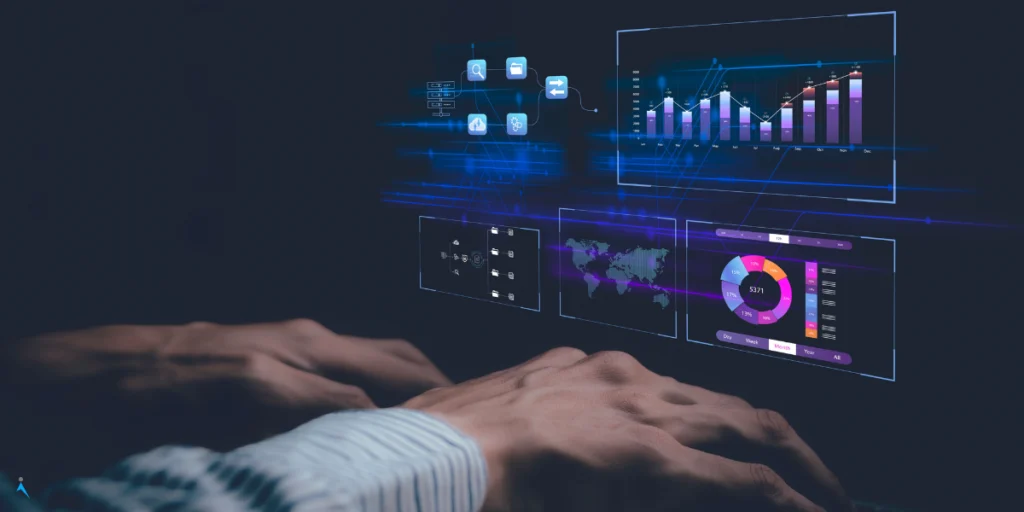
Global Collaboration
In today’s interconnected world, manufacturers often collaborate with partners and suppliers from around the globe.
3D animation allows for remote collaboration, ensuring everyone is on the same page regardless of location.
Applications in Manufacturing
Aerospace Industry
3D animation is a valuable application for designing and testing aircraft components. It enables engineers to create realistic simulations, helping them assess how materials behave under different conditions. This level of precision is vital for ensuring the safety and efficiency of aircraft.
Automotive Industry
The automotive sector heavily relies on product animation for various purposes. It aids in vehicle design, allowing manufacturers to visualize and fine-tune every aspect of a car, from the exterior to the internal components. Additionally, animation is essential for crash simulations, which enhance vehicle safety.
Oil and Gas Industry
The oil and gas sector utilizes animation to design and visualize heavy equipment, pipelines, and refining processes. This technology aids in the planning, monitoring, and maintenance of oil and gas infrastructure, contributing to safety and efficiency.

Electronics Industry
In electronics, it creates intricate circuit layouts and visualizes how they function. This visualization is invaluable for designing complex electronic devices, ensuring they operate efficiently and meet performance standards.
Fabrication Manufacturing
3D animation creates virtual sequences that simulate the entire production process. These animations guide workers through complex fabrication tasks, providing step-by-step visual instructions. This enhances efficiency & precision, reducing errors and waste.
Standard Processes
Adhering to standardized processes is essential for quality control and consistency. Three-dimensional animation assists in illustrating these processes, making it easier for employees to follow established procedures. Detailed animations visually demonstrate the correct workflow, minimizing deviations and errors.
Safety-Related Videos
Videos illustrating safe working practices, emergency procedures, and potential hazards are created. They are an effective tool for raising awareness about safety, contributing to reducing accidents and a safer working environment.
Use of 3D animation in other industries
Beyond the manufacturing industry, 3D animation is a versatile technology that finds applications in various industries.
Entertainment: It is widely used in the film and gaming industry for creating lifelike characters and immersive worlds.
Advertising: Marketers use it to create eye-catching advertisements and product demonstrations.
Medical Visualization: 3D animations help in visualizing complex medical procedures and anatomy.
Architecture and Real Estate: Architects and real estate developers use it for creating virtual walkthroughs of buildings and properties.
Simulations: It’s used for training simulations in aviation, military, and other fields.
Fashion: In the fashion industry, it creates virtual fashion shows and visualizes clothing designs.
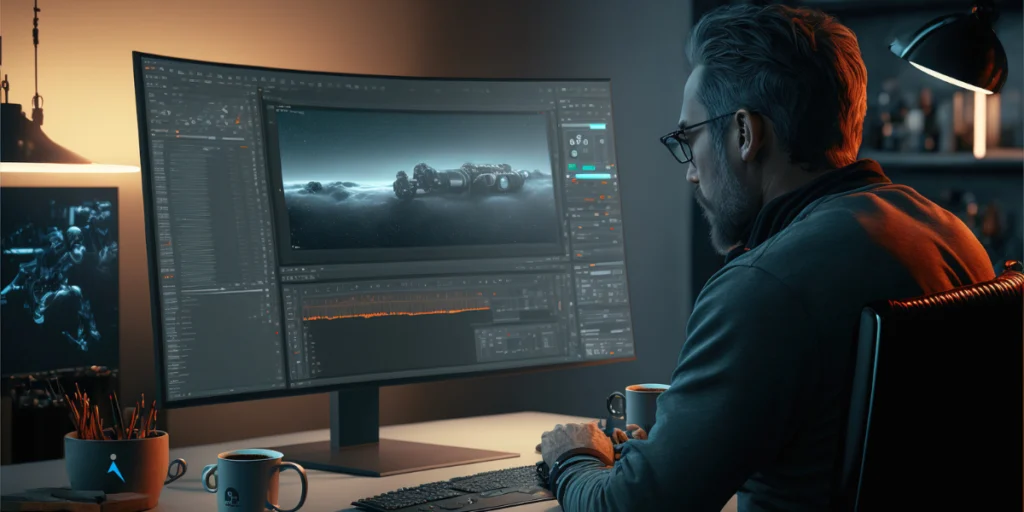
Transforming Manufacturing with 3D Animation
In a world where visual communication is essential, 3D animation is a transformative force. By adopting this cutting-edge technology, the challenges of traditional manufacturing processes can be overcome. This innovative approach is ultimately reshaping the manufacturing industry as a whole.
Are you eager to realize the benefits of 3D animation in your business? Reach out to Immersiv Technologies and explore how our 3D animation engineers can provide businesses with the means to restructure and modernize their manufacturing processes.



